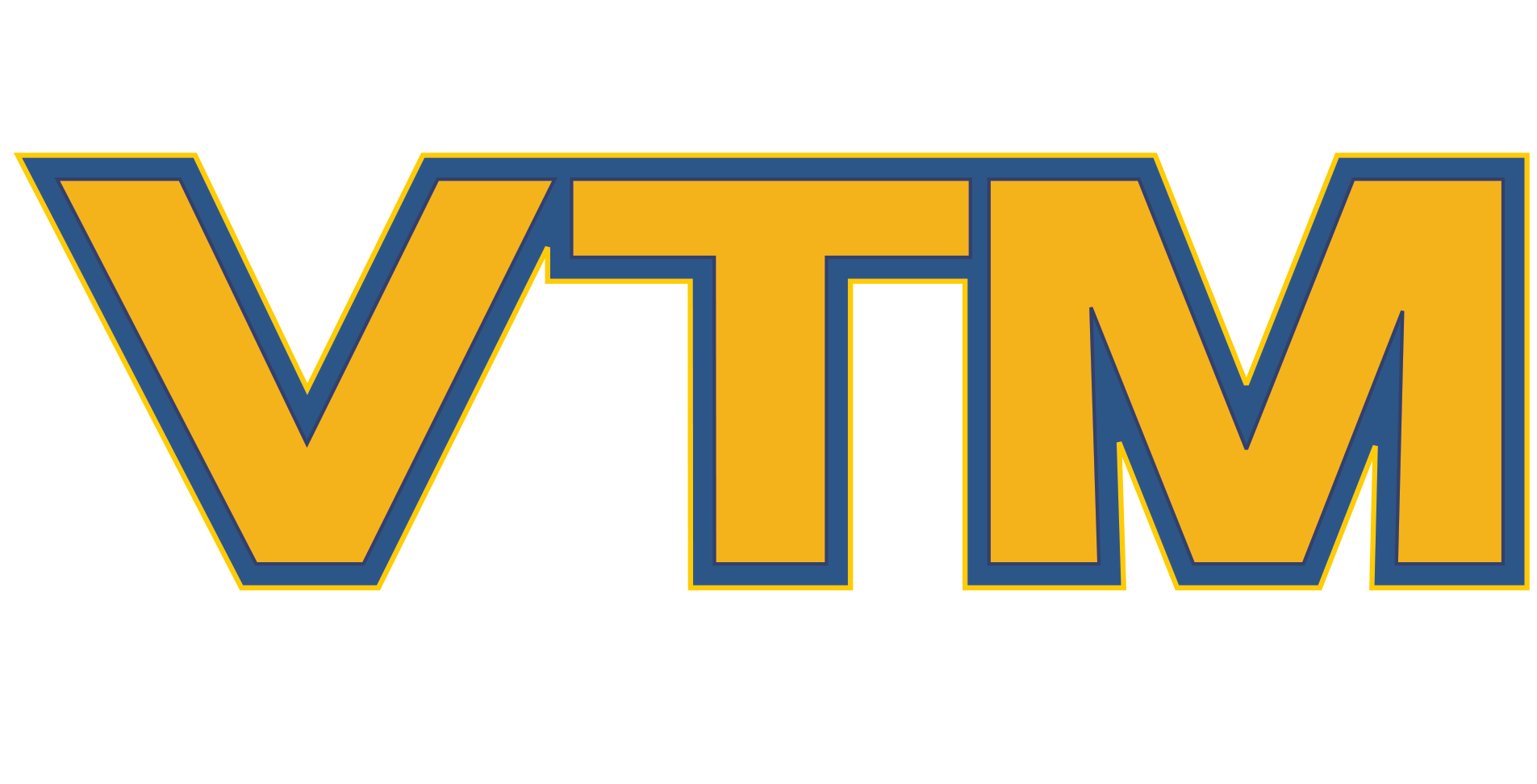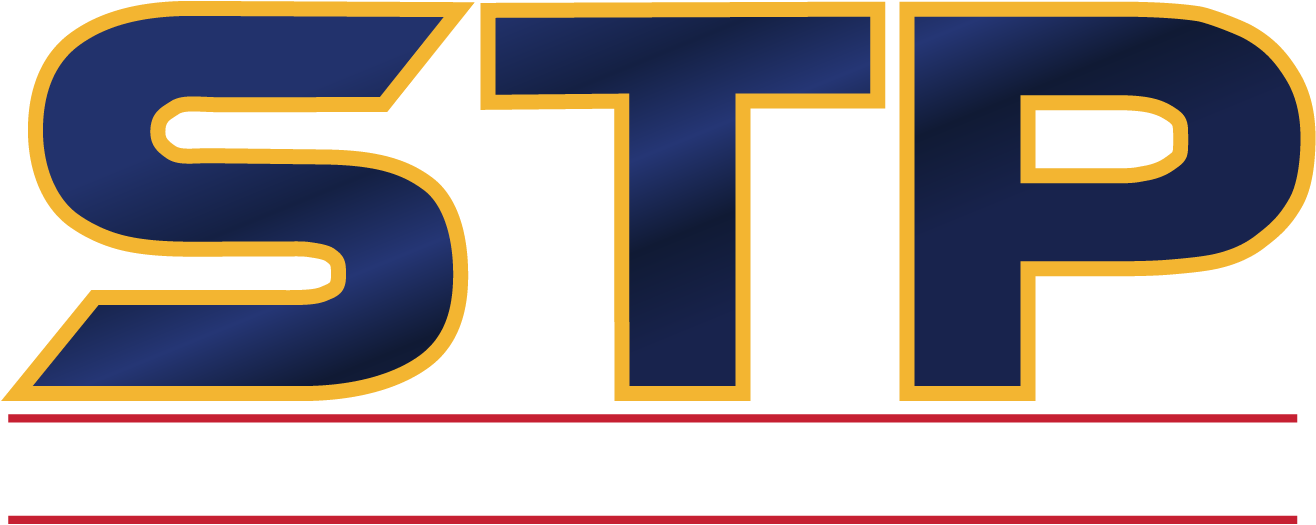Filter Projects
- Clear Filter
- Clear Filter
- Clear Filter
Project Results
Creare LLC
Optimized Subtractive Manufacturing - Right Parts, Right Time, Every Time
Creare LLC
Advanced Two-Phase Heat Exchangers for Environmental Control
Creare LLC
Wave Characterization from Improved Navy Lighterage System (INLS) Warping Tug Motions
Creare LLC
Operational Sand and Particulate Sensor System for Aircraft Gas Turbine Engines
Creare LLC
A Novel System for On-Site Structural Restoration Methods for Aircraft Components
Creare LLC
Plasma Gasification System for Waste-to-Energy Conversion
Creare LLC
A Compact System for Shipboard Pipe Reinforcement
Creare LLC
Carbureted Fuel Injection System for Augmentor Stability
Creare LLC
Compact, Inexpensive, Microchannel Recuperators for Small Gas Turbines
Creare LLC
A Multi-Tiered Lithium-Ion Battery Thermal Fault Mitigation Architecture
Creare LLC
Non-Destructive Inspection (NDI) for Recrystallized Grains in Single Crystal Superalloys

